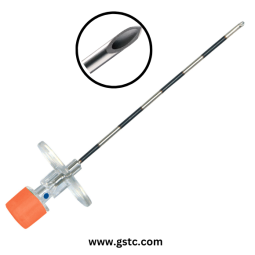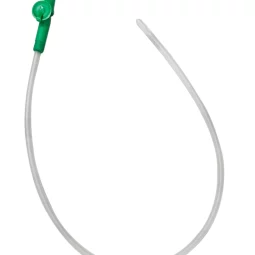Description
Lung Exerciser Uses
- Hold the Lung Exerciser upright with the mouthpiece facing you.
- Inhale slowly and deeply through the mouthpiece, filling your lungs with air.
- Hold your breath briefly, then exhale slowly and completely through the device.
- Repeat the process for the recommended number of repetitions or as directed by your healthcare provider.
Benefits of Lung Exerciser
- Improved Lung Function: Regular use of the Lung Exerciser can help increase lung capacity and strengthen respiratory muscles, leading to improved breathing efficiency.
- Enhanced Respiratory Health: By engaging in targeted breathing exercises, users can reduce the risk of respiratory complications and enjoy better overall respiratory health.
- Increased Stamina: Strengthening the lungs can lead to increased endurance and stamina, allowing users to perform better during physical activities and sports.
- Easy Use: Compact and portable design for easy use anywhere
- Post-Surgery Recovery: The Lung Exerciser can be beneficial for individuals recovering from surgery, helping to prevent complications such as pneumonia and atelectasis.
- Manage Respiratory Conditions: Those with respiratory conditions such as asthma, and bronchitis can benefit from regular use of the Lung Exerciser to manage symptoms and improve quality of life.
Make the Lung Exerciser a part of your daily routine and take control of your respiratory health today! Explore more Anaesthesia Medical Products such as Silicone Resuscitators, Spinal Needle, Epidural Needle, and other medical products.








